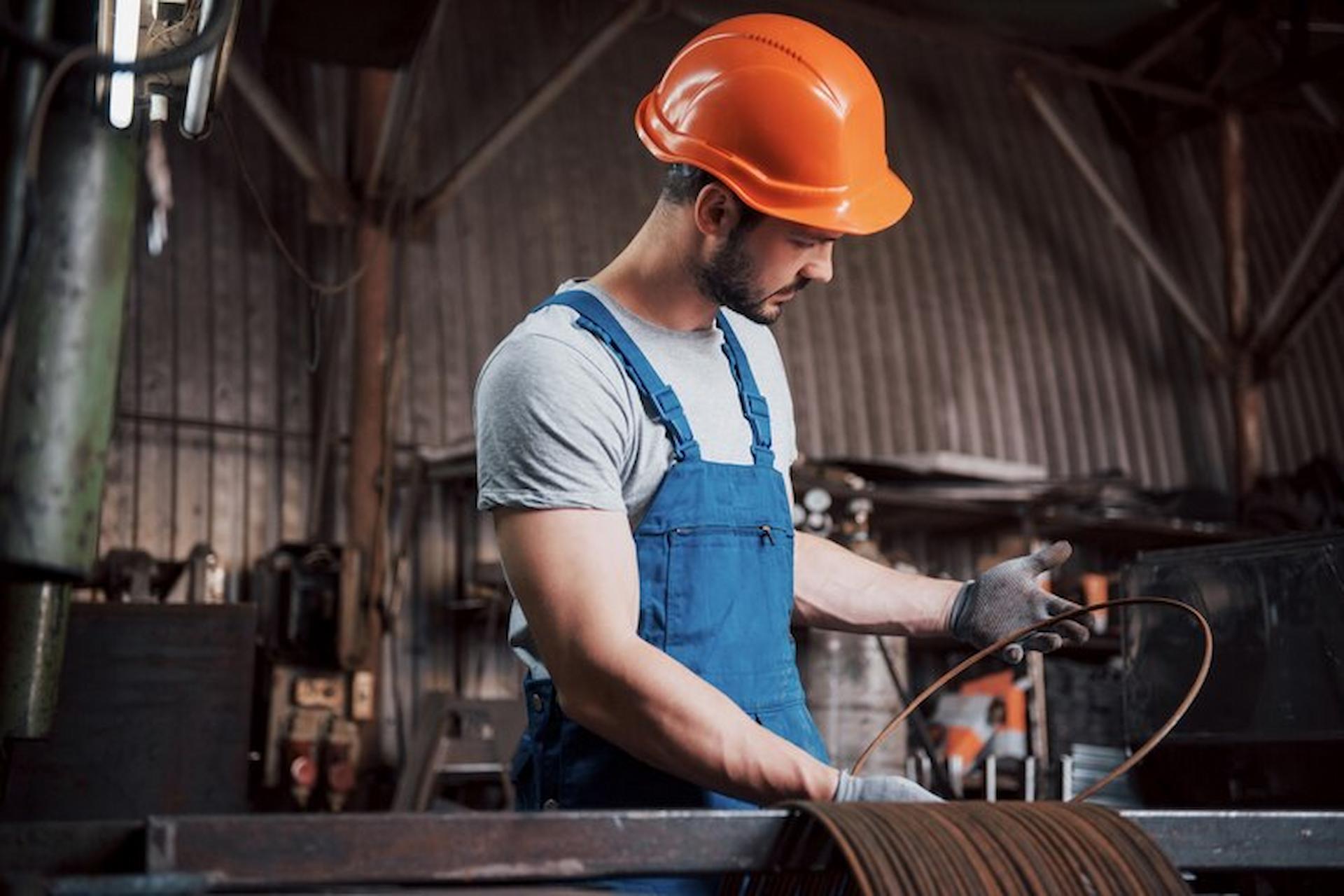
Forging as an industry is thousands of years old, in fact it is the oldest of all metal working processes.
In its early form, the process involved pre-historic humans heating bits of metal and working them into shape with stones. Fast forward several millennia and it is clear that the industry has taken quantum leaps since the days of those early blacksmiths. Forging became a skilled profession and an art form before arriving where it is now.
Today, the industry is still moving forward and, despite a difficult 20th century, the process is still very much at the forefront of manufacturing and industry. From aerospace to automotive, there is barely an industry that does not use forged parts. Technological advances have driven down costs whilst increasing the quality of forged parts. CAD-CAM, rapid prototyping and advances in material and process engineering are all factors that have contributed to companies being able to produce high quality products in a short period of time.
One of the greatest challenges still facing the sector as whole, however, is the need to address environmental impact. The industry leading forging companyof the future is likely to be carbon neutral and both a sustainable and responsible player in the global economy. For this to occur the industry as a whole must invest in addressing key environmental issues, the most pressing of which are detailed in this article.
Energy Consumption and Plant Efficiency
One of the areas where most impact can be made is in the reduction of plant energy consumption and the increase of process efficiency. It is up to businesses to collaborate and share knowledge in order to develop the most efficient machines and processes possible.
One example of recent advances in the field is that of induction heating. Instead of using traditional fossil fuel fired furnaces, plants can heat metal work pieces with electromagnets in an induction furnace. The whole process is clean, easy to control and far more energy efficient than traditional heating methods.
Closed loop heat recovery systems are another technology that can drastically improve the energy efficiency of a plant. By trapping heat that would otherwise be lost to the atmosphere, companies can recycle what was previously a waste product. The trapped heat is funnelled back towards the furnace, meaning less new heat has to be generated.
Renewable Energy
On a similar note, strides towards using renewable energy in plants and facilities must be taken to lower carbon footprints. Along with heat recovery systems, responsible plant operators must look to renewable sources of energy rather than traditional fossil fuels.
Lubricants and Fluids
Firms must develop methods to recycle used lubricants or dispose of them safely where this is not possible. Leading facilities will remove the use of lubricants in their processes completely within the next decade and a half. Instead, environmentally friendly synthetics, based on water rather than oil, will be used to eliminate toxic waste from the entire process.
All other waste fluids will be 100% recyclable, meaning the environmental footprint of plants is reduced as close to zero as possible.
Aerosol Emissions
The latest die systems which allow for net shape forging will remove the requirement for post forging. Without the need to use aerosols to improve the surface finish of workpieces the industry will dramatically decrease its emissions of harmful toxins.
Reduction of Scrap
Whilst the industry has taken great leaps forward in the reduction of scrap production, there is still more that needs to be done. Industry leaders estimate that their companies will have reduced the amount of scrap they produce by up to 90% by 2020. Advances in tooling, die and material engineering will mean pieces are forged without the need for post-treatment and any cast offs during the process will be recycled.
As you can see, forging has a number of fronts on which to fight the environmental battle facing so many 21st century industries. The pressures are mounting – from governments, industry regulators and the general public – so it is little surprise that so much is being invested in green technology. As has been mentioned, it is imperative for the industry to collaborate and share the burden of investment to ensure the necessary advances are made.